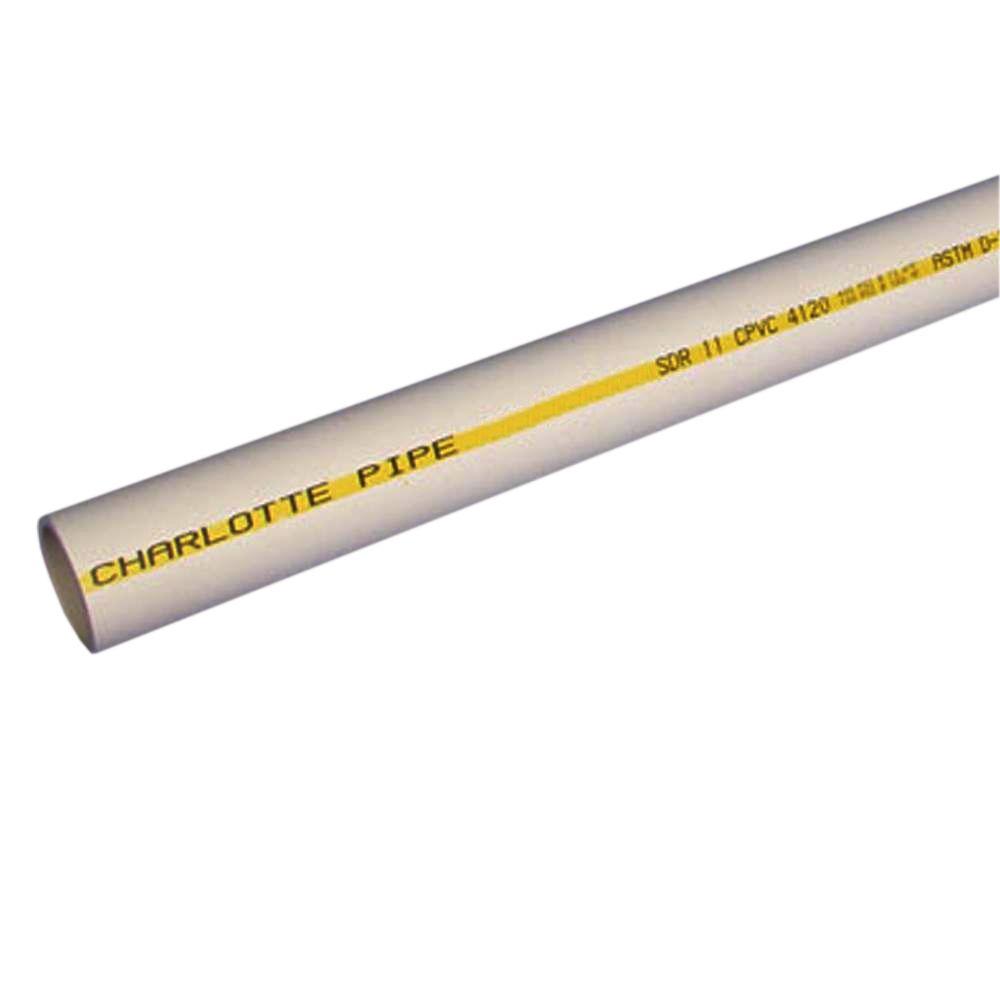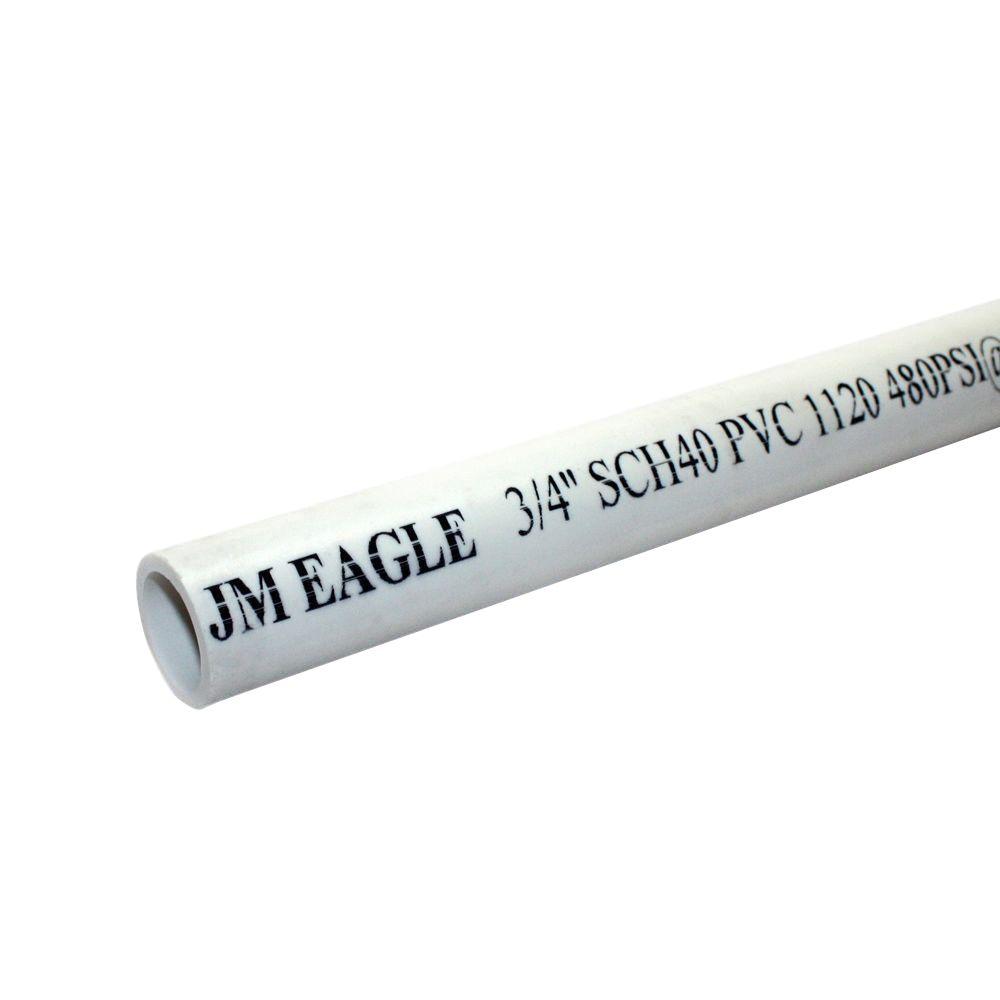A small diameter pipe such as shown in your photo will be used for pressurized water whereas a drain line that relies on gravity to transfer the flow to a sewer or septic system will utilize a 1.5", 2" or larger pipe.
While the drain flow from the softener will be pressurized equal to water system pressure, the pressurized flow will discharge at some point into a larger drain pipe or drain receptor so the flow will then continue on by gravity to the sewer or septic system.
You could look for the other end of the softener drain stub out to terminate possibly within a floor drain in that or another nearby room. The pipe could also lead to below the kitchen laundry room or bathroom sink. Because the softener connections are only a rough in, the drain pipe may not be yet actually connected to a kitchen, laundry or bathroom drain line so proceeding to hookup the softener without verifying where it will drain, could possibly result in flooding within your home.
Because a water softener will condition potable water. the connection from the softener's pressurized drain line to the home's sewer system will need to be made using an air gap so as to prevent possible bacteria cross-contamination from the home sewer back into the softener.


